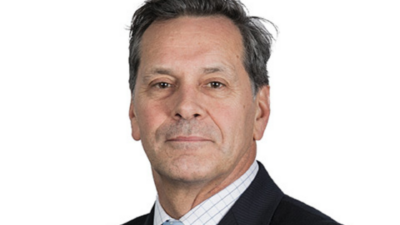Multi-asset differences need scrutiny – Mercer paper
Many big investors would be better off building their own diverse portfolio of hedge funds than using certain types of the many multi-asset strategies and products now on the market, according to a new paper by Mercer.
The paper, ‘Making Sense of Multi-Asset’, focuses on two of the most popular of the four types of multi-asset strategies, as Mercer classifies them, and looks at their suitability for various types of investors. In particular, the strategies are judged on their diversification benefits and use of skill for investors with varying governance and fee budgets.
Mercer’s four categories are: ‘core multi-asset’, ‘idiosyncratic multi-asset, ‘risk parity’ and ‘diversified inflation’. In the paper, however, the analysis focuses on the first two, which are sometimes labelled ‘diversified growth’ and have appeal for smaller institutions and the wholesale market.
Multi-asset strategies and products have mushroomed around the world, including Australia and New Zealand, in the past few years. Mercer has more than 500 products and strategies listed in its global investment manager database (GIMD) in the first two categories alone. The two categories were created in 2014 to better delineate sources of risk and return across the range of multi-asset and highlight the different roles they can play. Mercer splits each of the two into two further sub-categories: ‘passive core’ and active core; and, for idiosyncratic strategies, ‘asset allocator’ and ‘absolute return’.
“As the market has evolved, providers have continued to innovate and push the boundaries of these two categories, and we believe that the multi-asset space should be seen as a spectrum of strategies,” the paper says. “The extent to which a strategy utilises underlying active management, exploits dynamic asset allocation, and/or relies on market directional and non-directional return drivers all contribute to this breadth of options.”
For some big investors, the use of idiosyncratic multi-asset strategies has been to provide exposure to a range of liquid alternatives. The paper suggests that the “purest and arguably best method” of achieving that aim is to allocate to a diverse pool of hedge funds.
Idiosyncratic multi-asset strategies represent only one part of the spectrum of liquid alternatives available to investors today, Mercer says. If investors use an idiosyncratic multi-asset manager, they should diversify their other liquid alternatives by manager and style.
– G.B.









